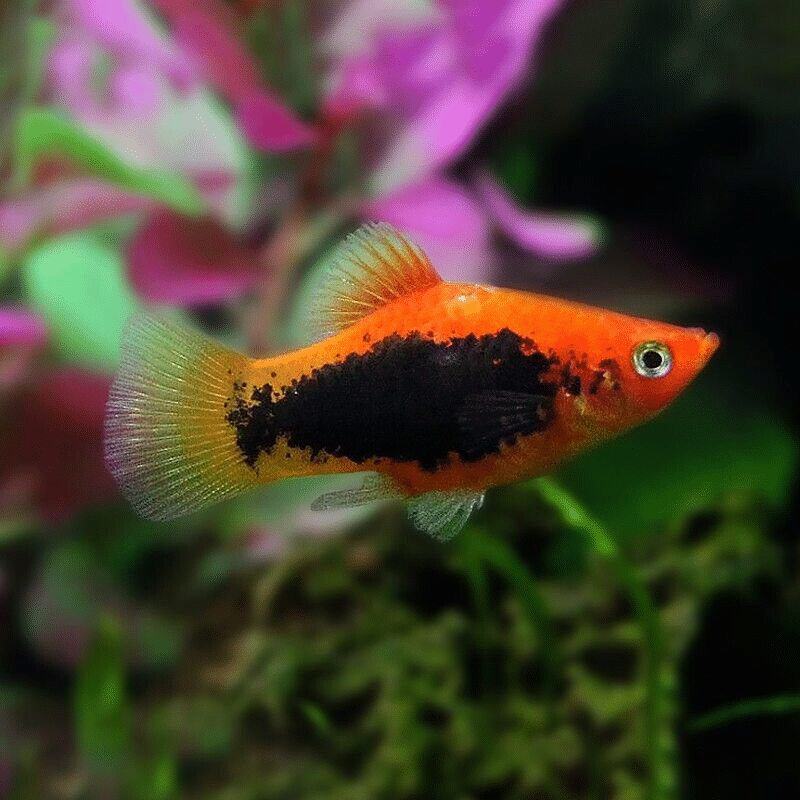-
×
-
×
-
×
-
×
Golden Eyes Vampire Crab - Geosesarma Sp. - Decapod Crustacean 2 × £8.71
-
×
-
×
-
×
Subtotal: £161.61




 Golden Eyes Vampire Crab - Geosesarma Sp. - Decapod Crustacean
Golden Eyes Vampire Crab - Geosesarma Sp. - Decapod Crustacean 












Emily Carter (verified owner) –
I recently added 10 Red Tuxedo Platies to my 55-gallon aquarium, and I couldn’t be happier! These lively little guys have completely transformed my tank with their stunning colors and playful nature. After just a week, they’ve settled in beautifully, swimming around and showcasing their vibrant tuxedo patterns. I love how they interact with each other, often schooling together, which adds such a dynamic to my aquarium.
Compared to other fish I’ve kept, these Xiphophorus maculatus are much more active and social, which I appreciate as a caring fish parent. They’re not only beautiful; their health and happiness are evident, and I’ve noticed no signs of stress since their arrival. I did have a slight concern regarding their size initially, as they were smaller than expected, but they’ve been growing steadily!
I recommend these platies to anyone looking to add some life to their aquarium—especially beginners, as they are low-maintenance and perfect for community tanks. Just make sure to keep an eye on water quality, as with all fish, but trust me, these little guys are worth it! I will definitely buy from this seller again.
Emily Carter (verified owner) –
I recently purchased the 10 X Red Tuxedo Platies, and I couldn’t be happier with my decision! These platy fish are not just beautiful with their vibrant colors, but they also have such charming personalities. After about three weeks in my peaceful community tank, they’ve settled in beautifully. Their playful nature brings my aquarium to life, and they get along wonderfully with the other fish. I’ve noticed they thrive on a quality fish food, which keeps their colors even more vivid.
What I love most is how easy they are to care for; they adapt well to different water conditions, making them perfect for any beginner or seasoned hobbyist. Compared to other livebearers I’ve kept, the Red Tuxedo Platies are genuinely more engaging and sociable.
If you’re looking to enhance your aquarium with friendly and stunning fish, I wholeheartedly recommend these platies! Just be mindful of not overfeeding, as they can be eager eaters. Overall, a fantastic buy that I would get again without hesitation!